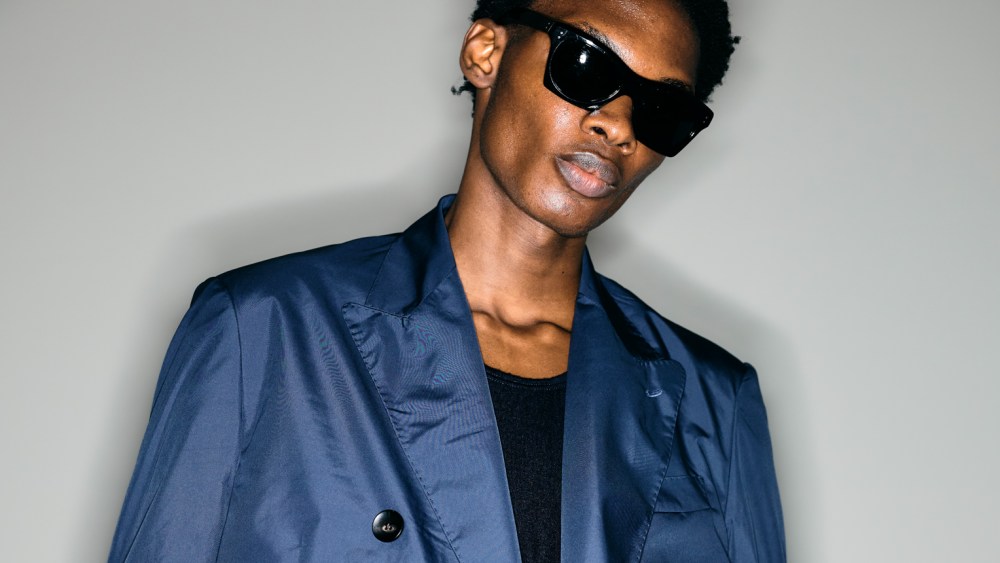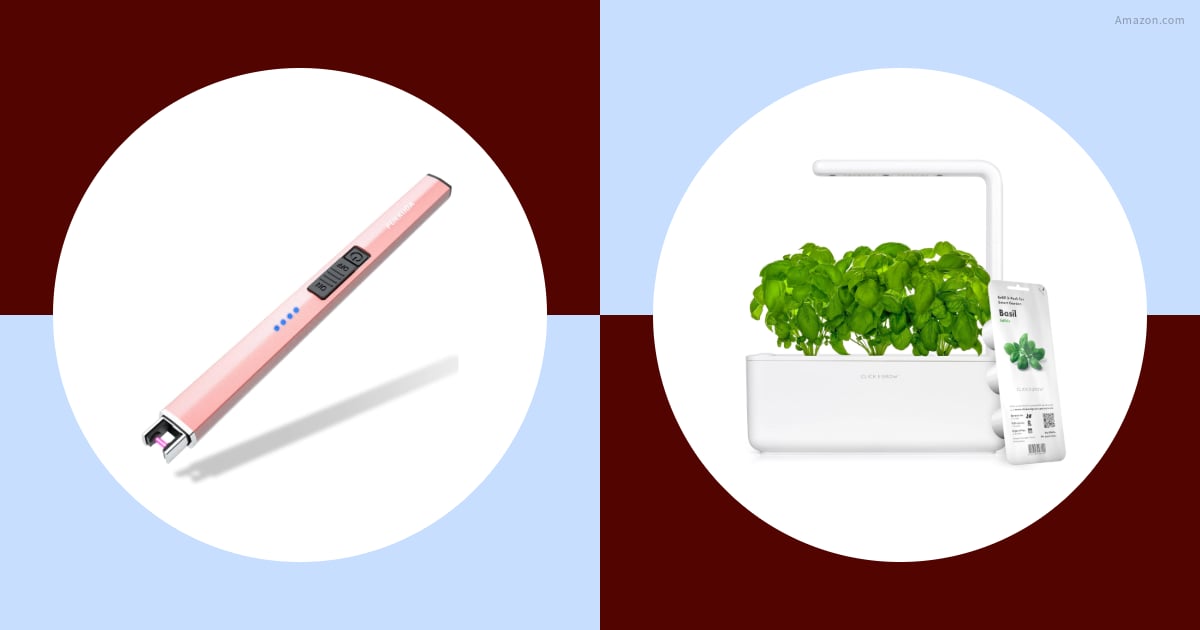Are steep prices for designer fashions and luxury streetwear starting to come down to earth?
Retailers are cheering that a clutch of menswear brands came to market for spring 2025 with lower tags at a time when many aspirational customers are being squeezed out of the market.
“Brands are now more cautious and reviewing their pricing strategy, especially given inflation,” said Alice Feillard, men’s buying director at Galeries Lafayette in Paris. “Many brands have stabilized or lowered prices between fall 2024 and spring 2025.”
In her view, it’s a smart move, given the need to target mainly local customers impacted by economic uncertainty.
“By increasing prices too much, brands risk losing the ‘aspirational’ shoppers, which are needed to fuel the luxury market growth as they can’t rely only on top wealthy international customers who are now traveling less, such as Chinese customers currently,” she said.
You May Also Like
In reporting on the spring 2025 collections, WWD discovered a number of brands — including 44 Label Group, 1017 Alyx 9SM and AMC Aldo Maria Camillo — had significantly cut prices in acknowledgement of tougher times, and as a way to widen the appeal of their labels.

“It is important to consider that the final customers tend to be more conservative when it comes to spending on new and emerging designers,” said Camillo, who for spring introduced a Made in Italy capsule in regenerated polyester priced about 40 percent less than his previous collection. “They are aware that some brands are often overpriced, so it’s crucial to maintain competitive pricing.”
In addition, Camillo is on a broader quest for greater transparency and sustainability.
“I am addressing a customer who does not believe that a high price is necessarily synonymous with quality and luxury,” he said in an interview. “Rather, I try to communicate shared values and a new sense of luxury where beauty, sustainability and attention to good quality at a good price are central.”
In his view, the key is to “find reliable suppliers, minimize delivery costs and source sustainable and innovative fabrics at reasonable cost. Zero waste in production is another strategy to reduce prices.”
Ahmet Öcal, chief merchandising officer at Turkish retailer Beymen, said certain brands are adding new ranges of entry-price products in order to enlarge their customer base, while others are addressing shifting trends.
“Streetwear has been losing its popularity [for] a couple of seasons and certain brands have been taking necessary actions to survive in this environment,” he said. “This strategy might be beneficial for the brands to reach their target customers, who are willing to dress from specific brands but cannot afford to do it.”
Many fashion brands have stampeded to the ultra-luxury segment recently to capitalize on a growing cohort of ultra-wealthy consumers.
“Brands with high quality and creativity are still performing well due to the quiet luxury trend, but we do observe a price resistance among our customers mostly for high-end fashion brands, where dynamics of the collection structure and the silhouette depends on the current trends,” Öcal said. “Nowadays, functionality and top quality are the essence.”
He noted that male consumers seem to tolerate price inflation with footwear, but less so with ready-to-wear.
Meanwhile, in accessories, “men’s brands are investing in accessible leather goods, caps, scarfs and sunglasses,” Feillard said.
Elena Cappellini, head of menswear at LuisaViaRoma in Italy, agreed that male customers are seeking high quality and strong brand identity, with certain hero items — for example, Maison Margiela footwear — bucking the slowdown in luxury spending.
“There has been a slowdown in purchasing, [with shopping] becoming increasingly conscious and targeted,” she said. “Nonetheless, brands that have a strong identity, such as Rick Owens, or ones for which there is a lot of hype and demand, including The Row, continue to perform [well] and the price does not appear to be a problem for the final customer, especially in certain categories.”
Notwithstanding the shifting consumption landscape, luxury brands have generally stood by their upward pricing strategies, Cappellini noted, with a few exceptions including Sacai and Etro, potentially to tap into broader audiences.
The merchant did notice a reduction in menswear prices, though, by about 10 to 15 percent in the contemporary segment of the market, especially on jersey pieces, which typically cater to a larger consumer base with varied spending power. At LuisaViaRoma, for instance, T-shirts on offer that are still selling out retail between 150 and 300 euros from brands ranging from Ami and Jacquemus to Acne Studio and Casablanca.
Feillard argued there’s a “psychological price” for some key categories.
“You can’t reasonably ask for more than 1,000 euros for a five-pocket denim or 400 euros for a T-shirt,” she said. “The added value and the quality of the product need to justify the price. Brands who increased not only the price but the quality of the product and the global customer experience are the ones succeeding.”

“I am glad that some brands are starting to review their pricing strategy, considering some of them have gone too far in the price increase,” she added. “Men are more pragmatic shoppers. Those looking for a functional wardrobe will wait for promotions or will postpone their shopping needs, making it less a priority.”
Claudio Marenzi, president and chief executive officer of Italian brand Herno, voiced perplexity over the skyrocketing prices at many luxury brands.
“I think we are witnessing a shift in perception for the fashion world. A roster of leading brands has increased their prices beyond reasonable levels as a strategy of revenue growth,” he told WWD at the Pitti Uomo trade show earlier this year. “I believe this has given the market the impression that the sector was taking advantage and overexploiting [consumers]….Customers realize that there is little alignment between the inherent value of goods and their price tags. This, I think, has determined an identity crisis for our industry.”
Herno’s integrated supply chain and in-house manufacturing have helped the company maintain a good balance between quality and prices, Marenzi highlighted, with cashmere coats, for example, retailing at under 2,600 euros and most pants under 400 euros.

“As the post-pandemic boom is coming to an end, there has been a general slowdown in the industry,” Öcal said. “Every product is available for everyone, uniqueness is crucial more than ever. In that sense, the customer’s willingness to spend is mostly directed to high-quality, exclusive products.”
Still, entry-level prices remain a priority.
“We do have a wide offer in terms of price points across all categories and genders,” Öcal said. “All price ranges are determined and balanced according to previous seasons’ data as well as the customer demand.”
Feillard at Galeries Lafayette agreed: “Designers and premium brands which are more accessible are taking advantage to reach these customers who can’t afford to buy luxury anymore.”



